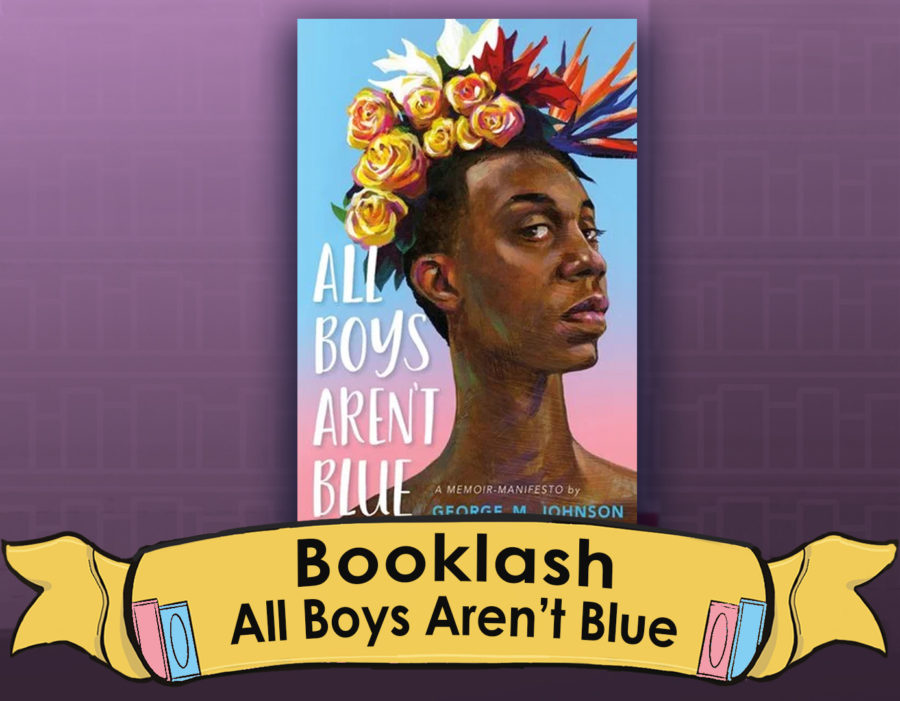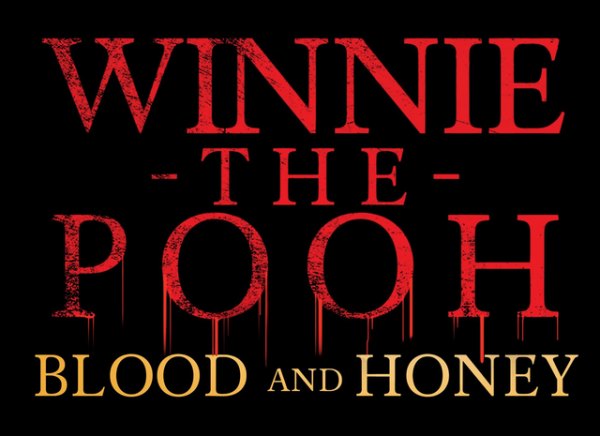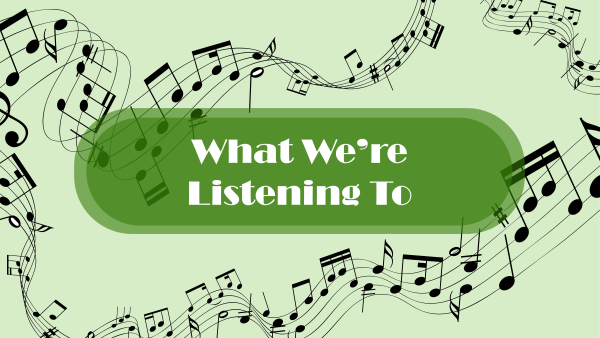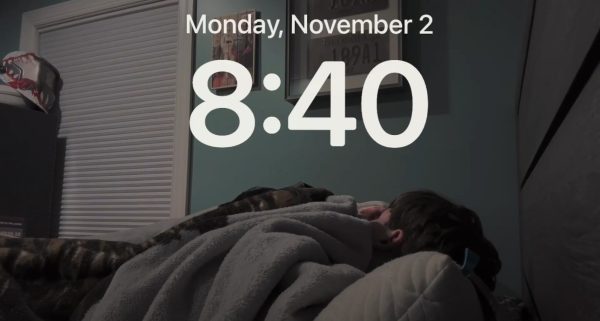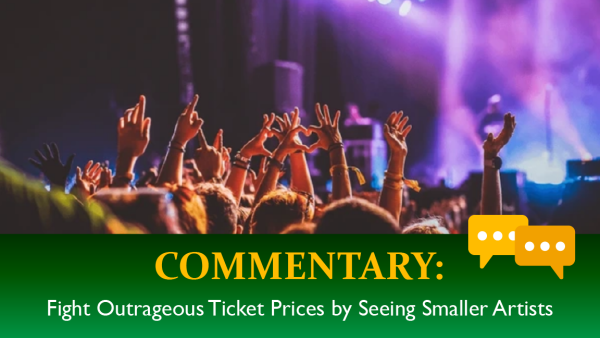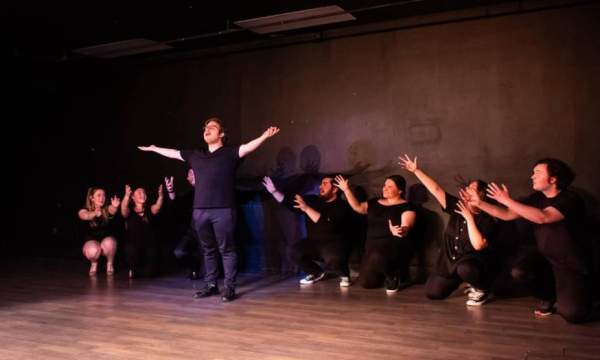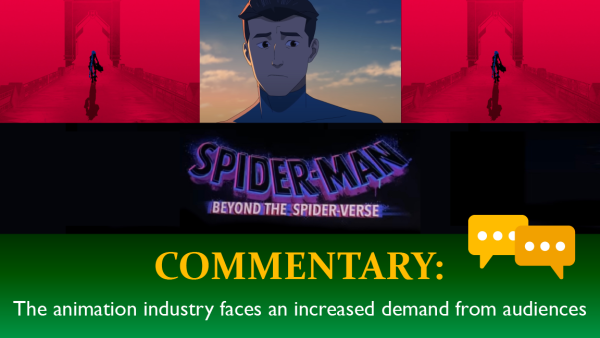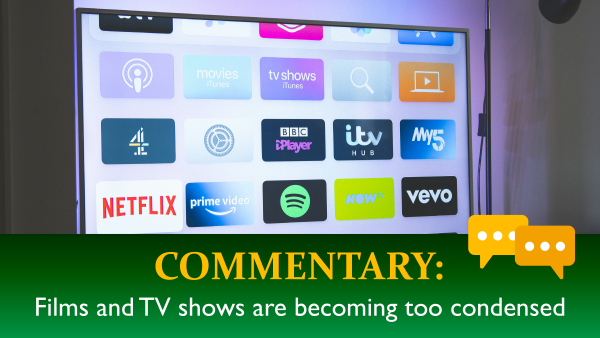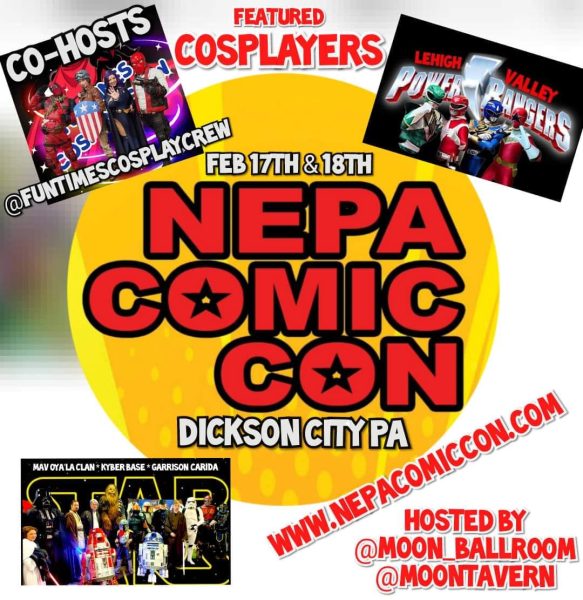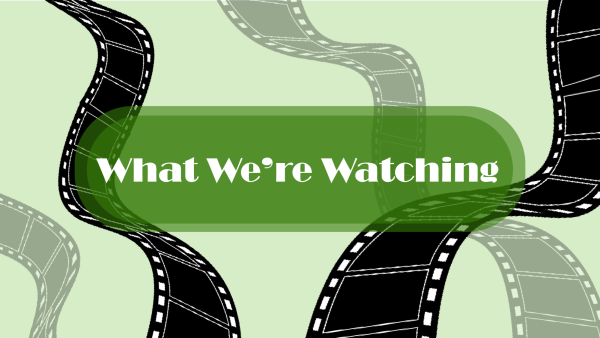BookLash: “All Boys Aren’t Blue”
George Matthew Johnson’s memoir-manifesto, “All Boys Aren’t Blue,” is about growing up as a Black queer youth and is incredibly impactful. It reads as a very personal book, with Johnson speaking almost directly to the reader. Their use of slang and other phrases make it all very personal.
Johnson goes into detail about several traumatic events that happen due to their identity. It also details moments in Johnson’s life where they felt the effects of their identity. Johnson was raised as a queer, Black youth in the 1990s and was young when they experienced their first aggression.
Johnson’s book is being actively challenged and sometimes censored in school districts and public libraries across the country, part of an increasing trend at restricting what people may choose to read, according to the American Library Association. One of the main arguments opponents use for banning “All Boys Aren’t Blue” is that this book tackles topics that children aren’t ready for. That argument falls before it can even stand on its feet. No one is ready for what life may throw at them. Reading about it, and being able to relate to a story in which someone has experienced the same thing, is comforting.
Trying to ban or otherwise censor this book robs people of stories they may need to hear, and deprives them of differing world views. I try to be an ally, but some of what Johnson said made me question some of my own beliefs. That is valuable and Johnson wrote about these topics beautifully.
Throughout the book, Johnson recollects on encountering situations where they were confronted with either the use of slurs in regards to sexual identity or race. Johnson tackles the topic of using these words, and the conversation about not using them, very well. They admit the harmful connotations such words have and even talk about reclaiming them.
This book makes the reader uncomfortable, especially if they are not queer or Black. Even as a trans reader, the conversations Johnson had about race and sexuality made me uncomfortable. That speaks to the value of what Johnson wrote. Johnson commonly mentions the intersectionality of their identities. Being a Black youth in New York in the 1990s was already quite the experience for them, but they were an effeminate Black youth, even from a young age. They experience hardships due to their identities and the stories that Johnson relays to us in the work are their own.
This book gives a comprehensive look at some of the more influential parts of Johnson’s journey, and even though the chapters aren’t necessarily linear to the author’s life, they do make an inclusive story from Johnson’s own experiences.
One of the first stories that Johnson relates is the time that they were jumped as a five-year-old child. Without going into much detail and giving away spoilers, the key point is that Johnson’s outlook on life, and their approach to it, changed after that event. This was, by most standards, one of the first of many traumatic events in Johnson’s life that created far-reaching consequences. Johnson, up until they were 22, would refuse to smile in pictures and rarely smiled in general.
One of the next stories is about Johnson’s journey through their school life. Johnson went to a predominantly white school, and one quote from the book captures the bias in the educational system they experienced: “White history didn’t need a month; we were always learning about it.” This quote has the context of Black History month being one of the few times that Johnson felt represented in their education. When Johnson covers the bias of the education system, they also mention some of the other biases in society, expanding on these in later chapters.
The journey through school section is one part of the book that first made me, a white person, uncomfortable. I was a child in 2008 when Obama was first elected, but I heard a lot about the first Black president. I thought that this was a great step, believing this was a big moment for civil rights. Johnson highlights the election as well, and as a Black person, they can understand the subtext of what something like this meant. In their own words, Johnson sees a “First Black x” as a message of “Look how long we’ve stopped you from getting here.” That simple turnabout made me reconsider my thought process on this issue.
That passage made me re-examine the whole concept of a “first Black person” to achieve any milestone.It was 219 years after the first president was elected that we had our first Black president. A phrase like that seems much less hopeful, and much more sinister once you realize how long the former institution of slavery, along with subseuquent legislation like Jim Crow laws have affected people of color. The same goes for the “first woman” or first person of another minority group.
So why should “All Boys Aren’t Blue” face such scrutiny? This book makes the reader think about some of their own biases, and makes someone question their own thought process. It also makes them uncomfortable, but talking about uncomfortable topics is integral to advancing the conversation on race and being LGBTQIA+.
The conversations Johnson has could indeed make a reader uneasy, but I found comfort in knowing that other people had experiences like mine, even in their own childhood. In what I could relate to in the book, I felt less alone. In what I couldn’t relate to, I found a heartwarming story about someone finding their identity.
Contact the writer:
[email protected]



